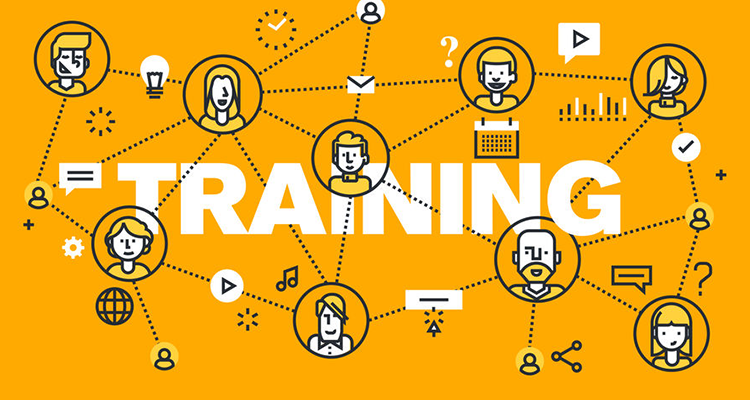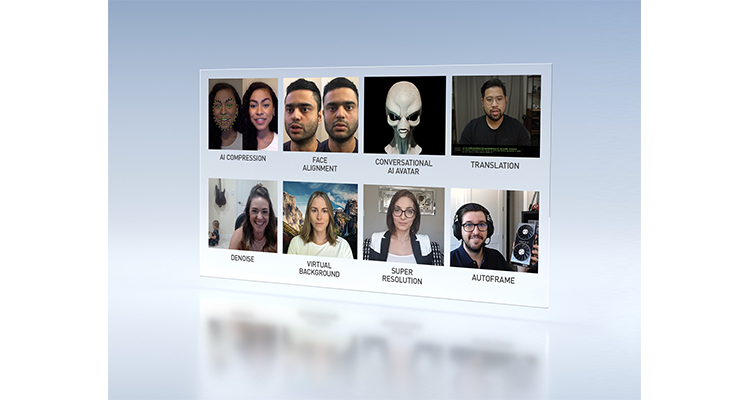The Future of the Classroom
 George Kembel, cofounder and executive director of Stanford University’s Hasso Plattner Institute of Design, says publicly, “Our education system is not broken, but it is becoming obsolete. We’re still running an educational model developed for the industrial revolution, designed to prepare workers for factory jobs.”
George Kembel, cofounder and executive director of Stanford University’s Hasso Plattner Institute of Design, says publicly, “Our education system is not broken, but it is becoming obsolete. We’re still running an educational model developed for the industrial revolution, designed to prepare workers for factory jobs.”
He may be right. Today’s classrooms feature professors or teachers sharing what they know by lectures. Is this really the way to produce the next generation of innovators?
In 2020, Kembel says we will see an end to the classroom as we know it. The single professor standing in front of the class will be replaced by a team… coaches from different fields that amplify subjects. Simple lectures will be replaced by “messy real-world challenges.” Instead hanging in lecture halls, students will work in collaborative spaces, where future professionals learn to integrate their different approaches to problem-solving. Think of social networking as a model as then stretch it to how people will innovate together.
At Kemble’s Stanford’s Hasso Plattner Institute of Design, students from engineering, medicine, business, law and the arts come together to tackle real-world projects. They’ve worked on everything from reinventing the morning radio experience for a century-old station in New York City to helping JetBlue serve customers during massive weather delays.
Students get closer to end users who will be using their solutions and learn to collaborate with teammates with different problem-solving approaches. Maybe it seems all too vocational, but Kemble thinks they will learn a methodology that equips them to tackle complex challenges outside the classroom.
He talks about the learning experience you can’t get in a traditional classroom and argues this shift toward hands-on experiences is happening far beyond universities.
His main point: Children enter school with innate creativity but rarely leave that way. He cites a British researcher, who studied 1600 children between the ages of 3 and 5 on their ability to think divergently. 98 percent scored genius level. Ten years later the same children only scored 10 percent at genius level.
Schools around the world will move aggressively to rethink their memorize-and-test approach, says Kemble. They will have to in order to produce innovators who can continually produce great ideas and turn them into reality again and again. In an era of global competition, these shifts in education will be key to developing the next generation of leaders.
Kemble doesn’t go there but one part of the process that is apparent is the vested interest of governments and large corporations. Both control the money that goes into education and each wants to insure they get students who can go on to create innovation and bring in the money. Will lofty academics and their ivory towers fall soon, pulled into the real world by necessity and greed. Or maybe just “business schools” like Kemble’s.
Building an educational system where the technology goes hand-in-hand with changing how students of all ages learn…in an age where internet has changed the way Digital Natives think and cooperate…is important to all stakeholders. The sellers of technology have an important role that goes beyond selling hardware and into selling educational solutions. Think of Education-as-a-Service.
Bob Snyder is the editor of rAVe Europe. Reach him at tdcbobsnyder@gmail.com





